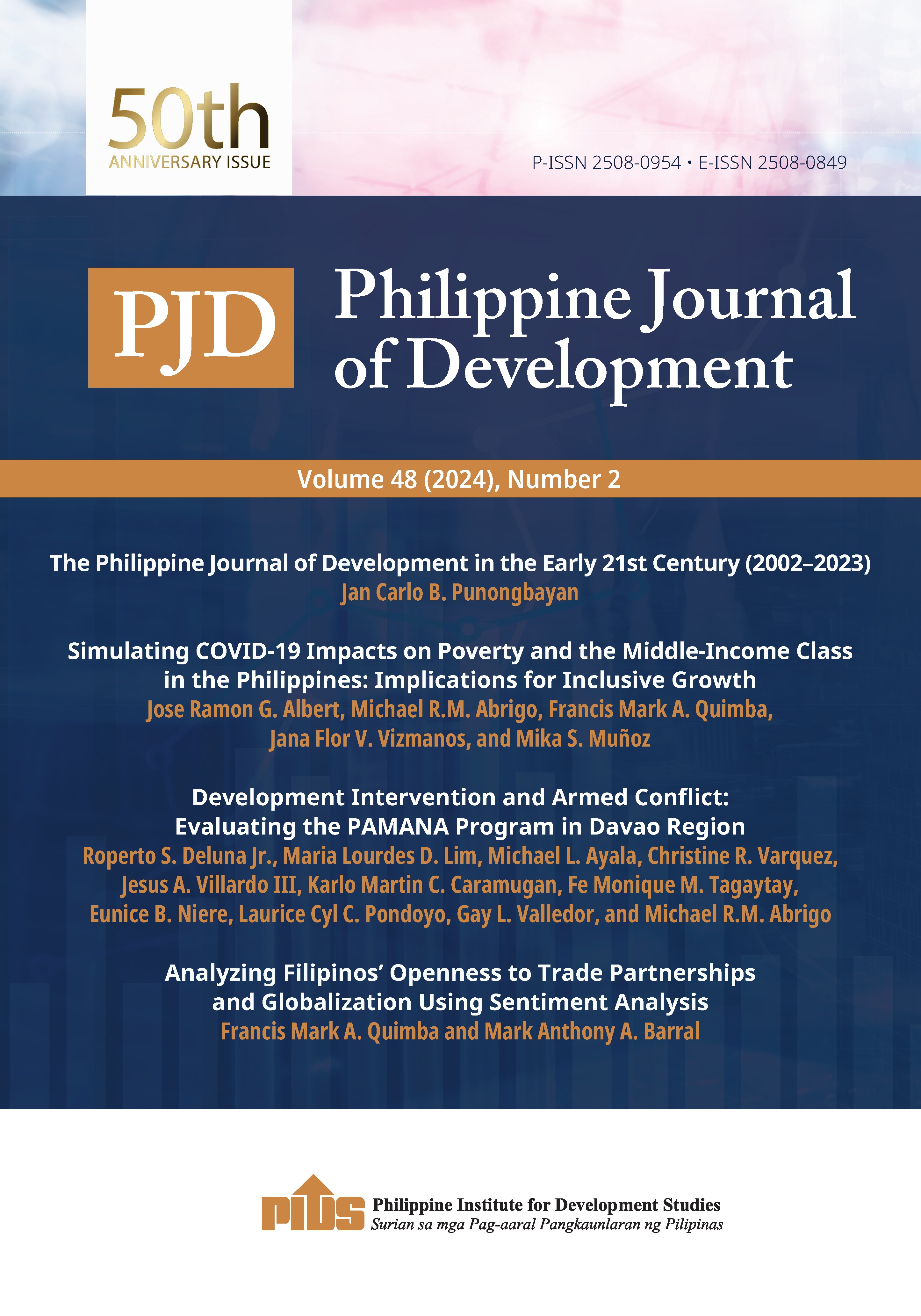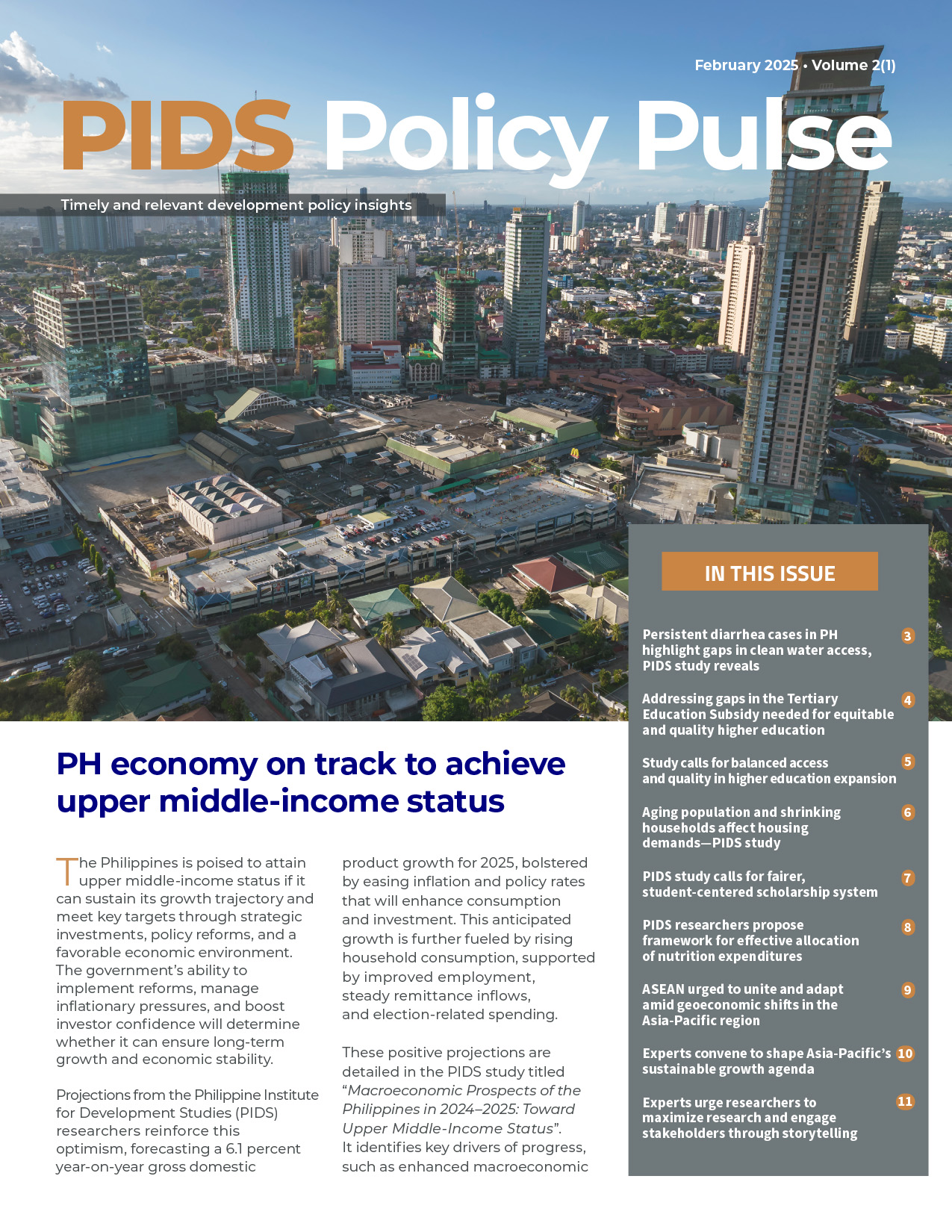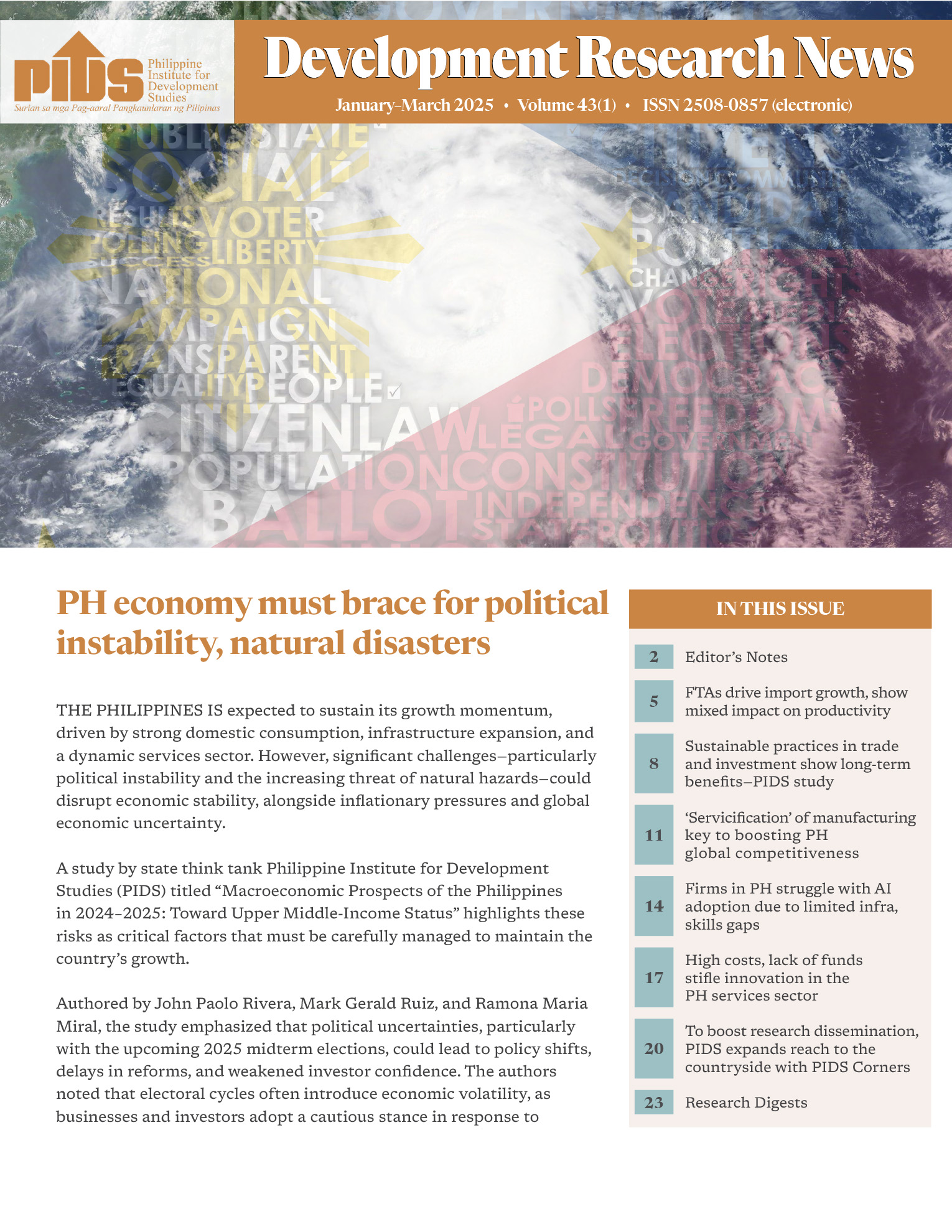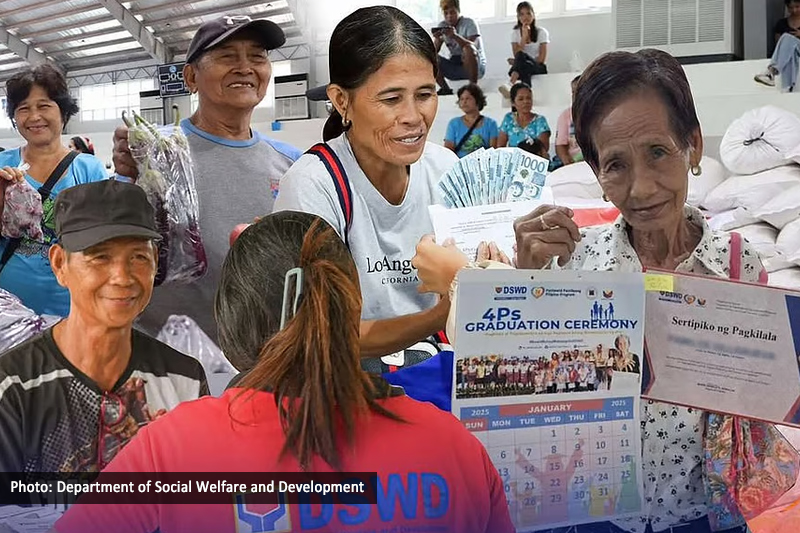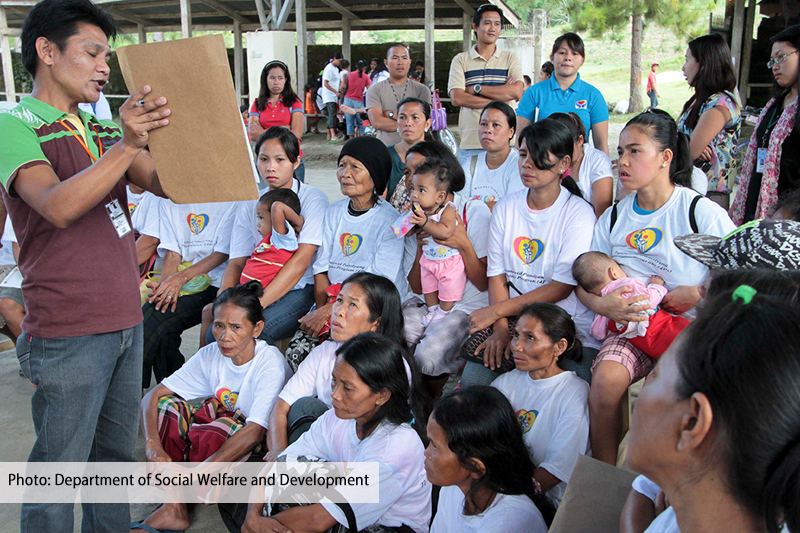AGRICULTURE Secretary Emmanuel F. Piñol wants to perpetually earmark all the tariff revenues from rice imports for the sector once the quantitative restriction (QR) on the staple is scrapped.
“It should be all the tariffs [from rice imports]. We will be using those for our small irrigation projects and all the interventions [to make the sector competitive],” Piñol told the BusinessMirror on the sidelines of a forum at the Philippine International Convention Center on July 11. “And the duration [of the rice enhancement competitiveness fund (RCEF)] should be perpetual.”
Congress is racing to amend Republic Act (RA) 8178 to lift the QR by the end of the year, as Manila is under pressure from its trading partners at the World Trade Organization to scrap the nontariff measure. The special waiver on rice granted by the WTO had already lapsed on June 30, 2017.
Economic managers are also keen on removing the QR to tame inflation, which has accelerated in recent months due to the implementation of the Tax Reform for Acceleration and Inclusion.
The government expects the increase in rice supply—with the scrapping of the QR—to cut the price of the staple by P7 per kilogram.
Piñol’s pronouncement comes after the Department of Budget and Management assured the Department of Agriculture (DA) that the government has a standby fund of at least P5 billion that could be tapped for the transition to a QR-less rice sector.
The DA chief met with rice farmers and other stakeholders recently to discuss the government’s plan for the sector once the QR has been converted into tariffs.
“The concern of the rice industry stakeholders is the safety nets during the transition period. Because there would be [RCEF] once the tariffs are already collected, but before the start of the program the industry said they need P5 billion,” he said.
“So I took this up during the [Cabinet meeting]. While there’s no provision on safety net amount for our final budget for 2019, Budget Secretary [Benjamin E.] Diokno assured me that there is a contingency fund, and the government will shoulder it [first],” Piñol added.
Diokno confirmed to the BusinessMirror on Wednesday that the government has committed to cover the first year of RCEF. “We are going to source it from 2018 funds so, instead of waiting for next year, we have already set it aside this year.”
“It is just to make sure that the farmers will not be disadvantaged. I’m committed to look for the money just to assure them that there is such a standby fund,” he added.
Diokno said the amount is meant to “give the farmers confidence that there is money in case they need it.”
Sen. Cynthia A. Villar, chairman of the Senate Committee on Agriculture and Food, earlier said the government must shoulder the P10 billion for the RCEF that she had initially proposed.
Villar said she will incorporate a provision mandating the allocation of P10 billion to the rice sector every year in the Senate’s version of the rice-tariffication bill.
However, Piñol said the P10 billion was pared down to P5 billion, as it was the only available amount.
Romeo Royandoyan, executive director of Centro Saka Inc., said the P5 billion is not enough to jump-start the RCEF, which seeks to make farmers competitive against their Southeast Asian counterparts.
“Definitely, [it is not enough] if you want to make rice farmers and the entire sector in general comparable to Vietnam, which can produce rice at around P6 per kilogram,” Royandoyan told the BusinessMirror. “This is crucial in view of the proposed rice tariffication.”
Royandoyan, who is also the vice chairman of the National Sectoral and Strategic Concerns Committee-Food Staples, proposed that the rice fund be established before the QR is converted into tariffs.
He said it would take the DA around four to five years and P40 billion to P50 billion annually to make the rice sector competitive.
The RCEF is a provision in the tariffication bills that seek to amend RA 8178 to allow the removal of the rice QR. The RCEF would be used for programs that would improve the rice sector’s productivity, such as mechanization, distribution of high-yielding seeds and provision of credit facility.
The House version of the tariffication bill proposes that the RCEF should consist of all the tariff revenues from rice imports but will be earmarked for only six years.
“Our preference is to earmark all tariffs collected from rice imports for the sector, as indicated in the House version of the bill,” Raul Q. Montemayor, national business manager and program officer of the Federation of Free Farmers, told the BusinessMirror last month.
“The P10 billion is less than what is expected to be collected in just the first year. We basically support the House version but would prefer a longer earmarking period,” Montemayor added.
He said his group would recommend an effectivity period of 10 years for the RCEF, which could be reviewed to determine whether it should be extended.
Removing the QR on rice by amending RA 8178 would allow the government to generate P27 billion annually, according to a paper published by the Philippine Institute for Development Studies (PIDS).
The PIDS paper noted that the projected revenues would come from the importation of some 2.2 million metric tons of rice at a 35-percent tariff. Purchases of imported rice are expected to increase once the government removes the QR.

